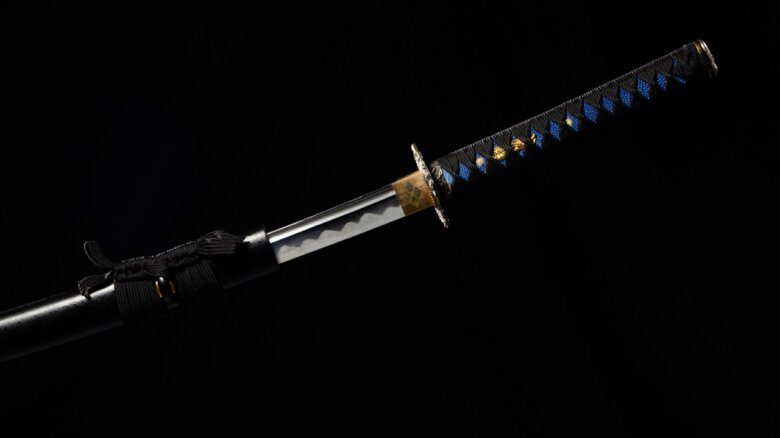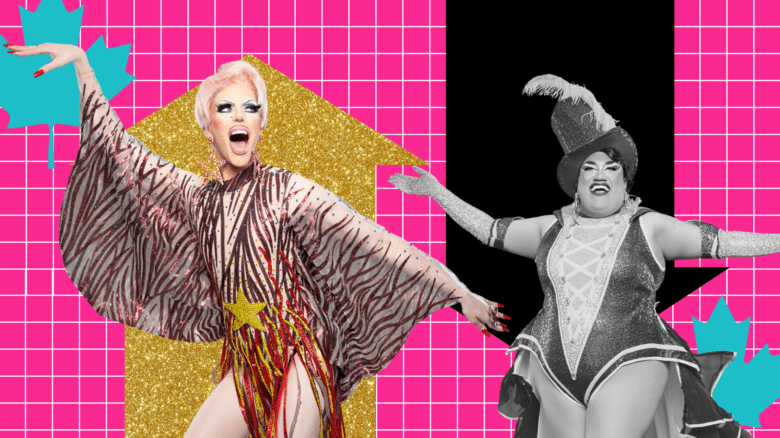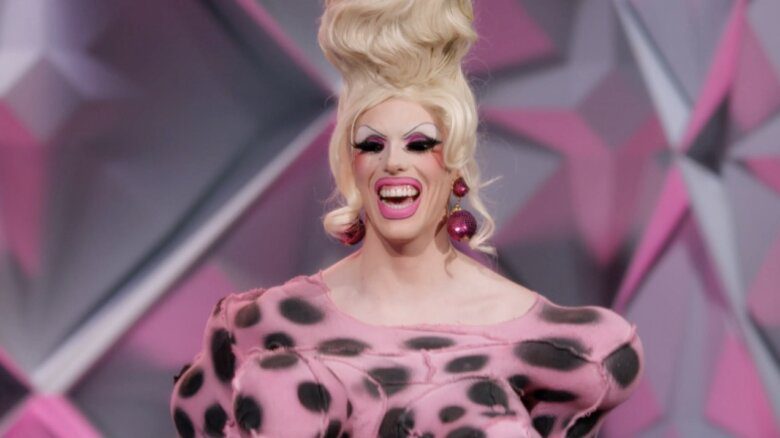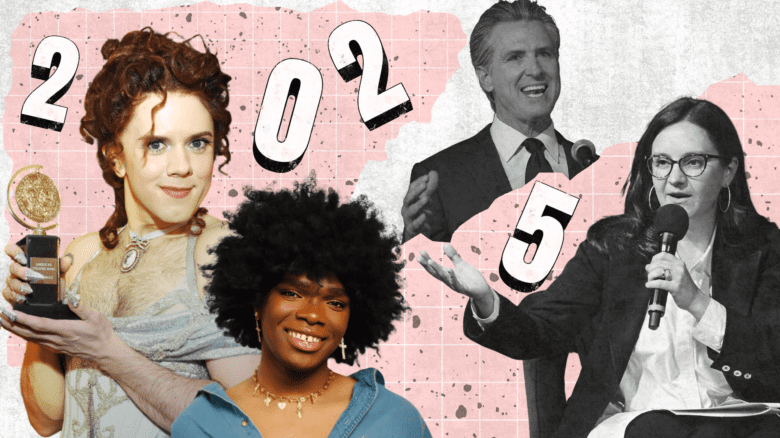Queer and trans people need to reclaim their political power, says a new campaign championed by drag performers across the country.
Drag the Vote, launched March 6, is a partnership of more than 140 drag artists and allies who are using their social followings to warn against a rising tide of fear, hate and misinformation about LGBTQ2S+ people in Canada. It’s a trend they say is spurred by politically right-wing and conservative voices who appear to be gaining traction ahead of this year’s federal election.
“We’re trying to show people that you can use your vote in a responsible way, to promote a party or parties that will positively reflect our values and defend queer and trans rights,” says Karla Marx, a Calgary-based drag artist and originator of the Drag the Vote campaign in partnership with the queer advocacy organization Momentum.
Drag the Vote boasts the support of several Canada’s Drag Race alumni, including Priyanka, Xana, Bombae, Uma Gahd and more. It also features drag kings such as Eddi Licious, as well as artists who live outside of big cities like Yukon’s Maddy Warbucks and New Brunswick’s Rose Beef.
“A lot of performers want a way to use their platforms to respond to this terrifying rise in hate,” says Fae Johnstone, Momentum’s executive director and co-founder of Drag the Vote. “Performers will be doing social media posts, videos, distributing resources, posters, stickers—and then we’ll have Drag the Vote shows once voting registration happens.”
Johnstone, a prominent organizer, was eager to partner with Marx, a trans woman who’s been involved in the Alberta political scene since the mid-’90s. Marx feels particularly called to this moment. She recalls fighting as a student advocate while Alberta’s government cut education funding, learning early about the importance of building coalitions. It’s why she founded Queer Citizens United—an attempt to build solidarity between marginalized groups. But today, it’s the right who are more united and organized.
“Under the guise of anti-vaccine demonstrations, we started to see open hate groups marching. We were happy running drag shows and celebrating the queer community until then, and then one day those guys went from ‘we hate vaccines’ to ‘we don’t like trans people and we think they’re pedophiles,’” says Marx.
These demonstrations have emboldened certain politicians, she says, pointing to her province’s Conservative government’s policies to restrict gender-affirming care and LGBTQ2S+ education in schools. “I live in the province of Alberta, where I am a second-class citizen, and queer people have had rights taken away from them.”
Alberta premier Danielle Smith is not the only one courting the political right with anti-LGBTQ2S+ rhetoric. Similar legislation was introduced by Saskatchewan’s Conservative government and federal Conservative leader Pierre Poilievre—who will be vying for the prime minister’s seat sometime this year—has taken a range of regressive stances on these issues, including that trans women should be banned from women’s sports and bathrooms, and that there are only two genders.
Though Drag the Vote is officially non-partisan, organizers are hoping that a renewed call in political engagement can overwhelm and defeat anti-trans and queer governments, as happened with New Brunswick’s Conservative government in late 2024.
“Sharing who I am is very important to me as an artist,” says Jaylene Tyme, a Vancouver-based drag artist and another Canada’s Drag Race contestant part of Drag the Vote. Tyme saw the power of visibility and social media while she was on the show, and hopes to replicate that in the campaign.
“A moment that we had on Drag Race discussing the ’60s Scoop went viral—over seven million people worldwide learned a little bit about Canada’s history,” says Tyme. “I realized we have an opportunity and responsibility to share our stories on a larger platform.”
This comes with some risk. Drag performances have been protested or attacked online throughout Canada—especially at all-ages events. But many venue owners are standing by their drag performers. At least that’s the case for Andrew Brassard, owner and operator of Calgary queer bar Texas Lounge and bathhouse Goliath’s.
“My customers are conservative in a lot of ways, but we’ve talked and said we need to show people what community actually is and how the community can be a leader in showing people how to take care of each other,” says Brassard.
Brassard takes note when other Calgary drag events are protested and fully supports the drag artists talking politics at the bar. Running the two venues since 2006, Brassard says there’s definitely been a change in the general community’s tone over these past few years. “It’s really confusing as to where this sentiment is coming from because it seemed like there was, pre-COVID, a lull.”
For drag artists who are nervous about bringing politics to shows or putting it on social media, Marx encourages them to take any small steps they can.
“There are multiple ways to do advocacy. We’re not here to force a message on anybody. I’d rather ‘call in’ than ‘call out.’”
The response from queens and kings participating in Drag the Vote, however, has been incredibly positive thus far, Marx says, with artists eager to get more politically involved ahead of a federal election in Canada.
She says, “We are blessed by having some of the loudest, most popular, glamorous people in the world as drag performers. Drag performers have always been at the barricades and bringing people together, so we already have people within the queer community who are used to getting out messages.”
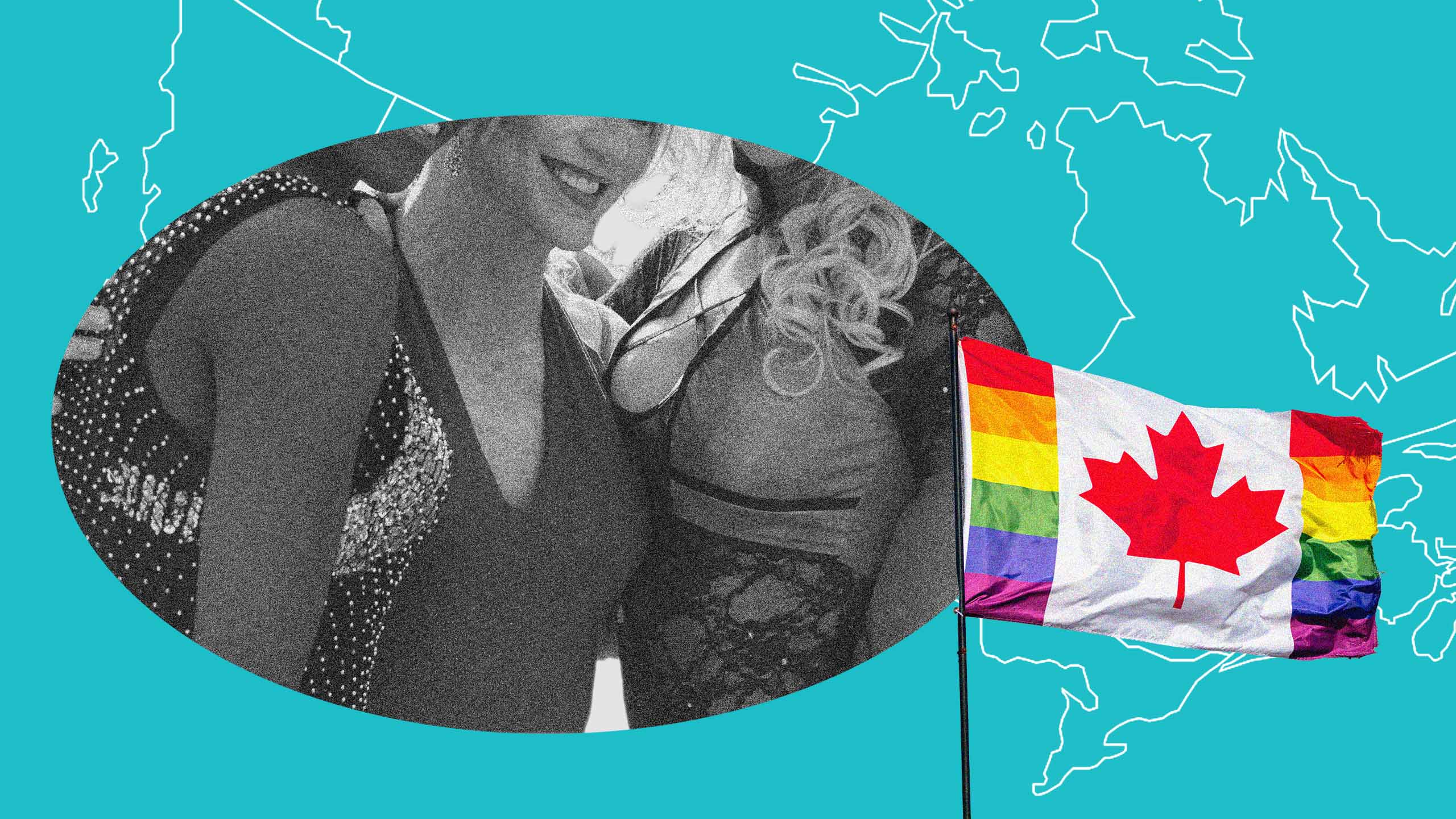

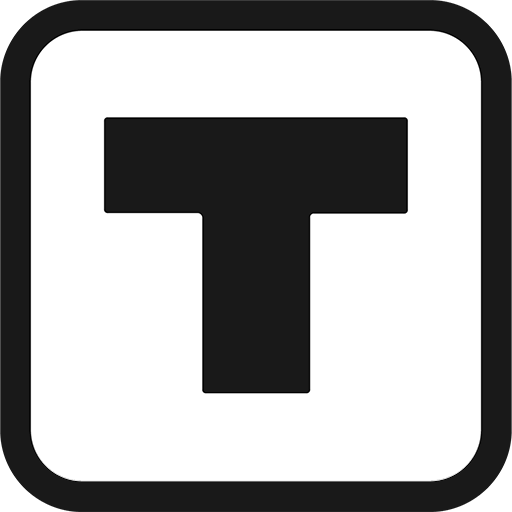 Why you can trust Xtra
Why you can trust Xtra